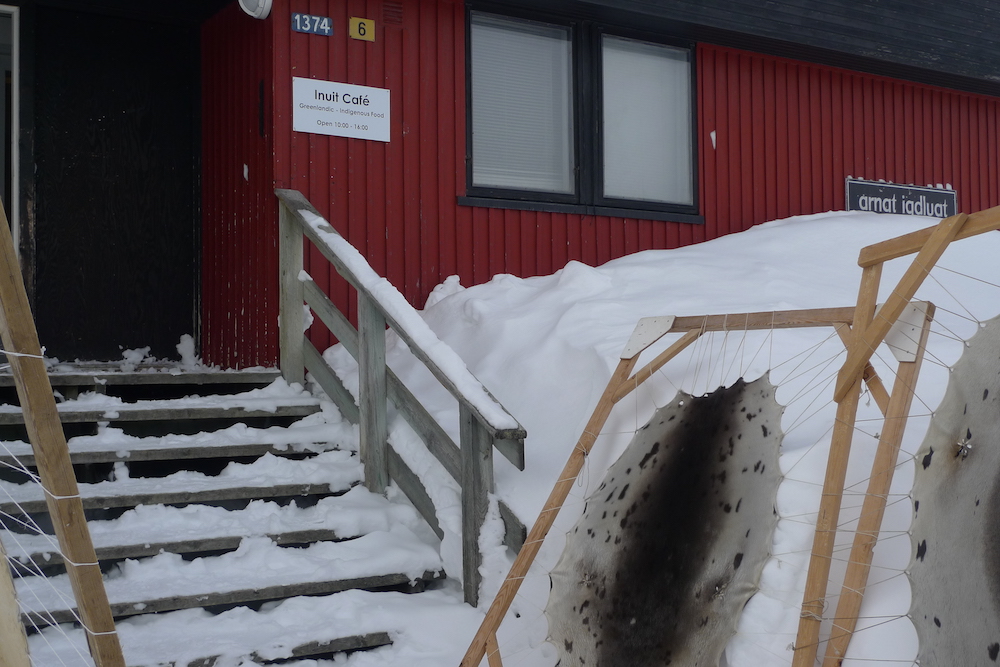Greenland’s seal hunters to miss quota this year, leaving a gap in supply
Hunters may fall short of the 30,000 quota by as much as a third, even as demand is high.

Greenland’s nationally controlled tannery is calling for the creation of more trading stations and an increase in the nationally mandated price for sealskin as that country’s hunters appear to be on track to sell far fewer than permitted this year, and well below what the market could absorb.
Great Greenland, which has a monopoly on processing sealskin in Greenland, says hunters are likely to sell as much as a third fewer than the annual limit of 30,000. This, despite a market for sealskin products that the company says could accommodate upwards of 50,000 sealskins each year.
In addition to setting a limit on the number of sealskins hunters may sell, national lawmakers also determine how much Great Greenland pays hunters for each sealskin. Currently, that amount is 275 kroner, 300 kroner or 400 kroner (1 krone is about $0.16 at the time of writing), depending on the species of seal.
[Inuit crafters continue to be blocked on Facebook for selling sealskin]
In 2019, Great Greenland received an additional 26 million kroner from the Self-Rule Authority to purchase sealskin. While that did help raise the number of sealskins sold to just under the limit, reaching the quota consistently, according to the company, will require additional trading stations where hunters can sell sealskin.
The additional trading stations will help hunters to reach their quota by allowing them to sell their before they degrade and are rendered unsellable. In recent weeks, three trading stations have been set up, which has raised expectations that the number of sealskins purchased by Great Greenland will reach 25,000. While that is below the 29,000 sold last year, just last week, it is several thousand more than Great Greenland had expected.
In addition to its own production of sealskin fashions and home designs, Great Greenland also sells sealskin wholesale. Until 2019, it did this through Kopenhagen Fur, an auction house, which primarily sold mink raised on Danish mink farms.
[An Inuit exemption to the European Union’s seal product ban is ineffective, a new report says]
The prices of the two types of fur tended to trend in the same direction, according to Preben Møller, the head of Great Greenland, but Kopenhagen Fur’s decision last month to wind down its operations after Denmark ordered a cull of the country’s 17 million mink due to concerns that they were spreading a variant of the virus that causes COVID-19, has created uncertainty about the demand and price of sealskin.
Denmark is the world’s largest supplier of mink to the world market, and Møller reckoned that with fewer mink available, demand for sealskin could rise. However, with clearly defined markets for the two types of fur, major shifts in demand are unlikely.
According to Great Greenland, 40 percent of the products fashioned from Greenland sealskin are sold in Greenland and 50 percent are sold in Denmark.